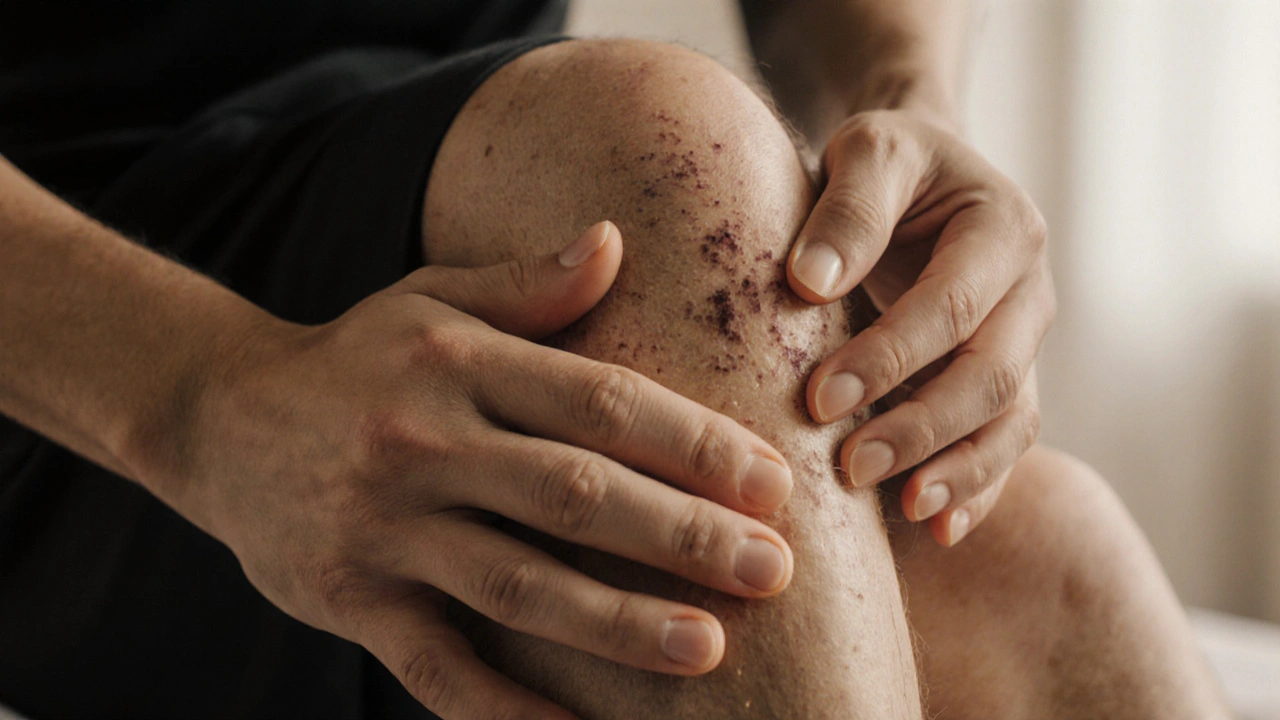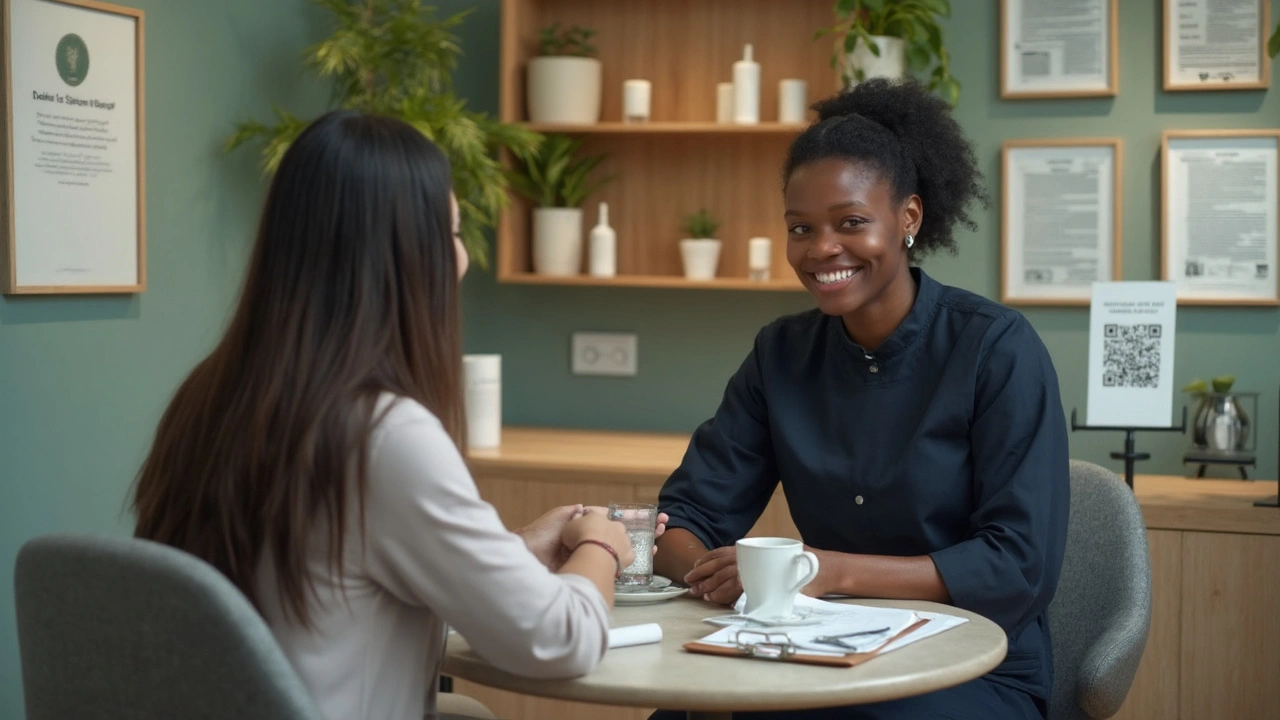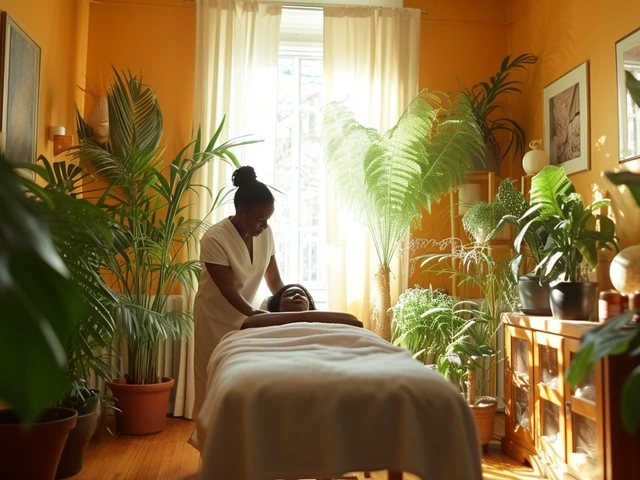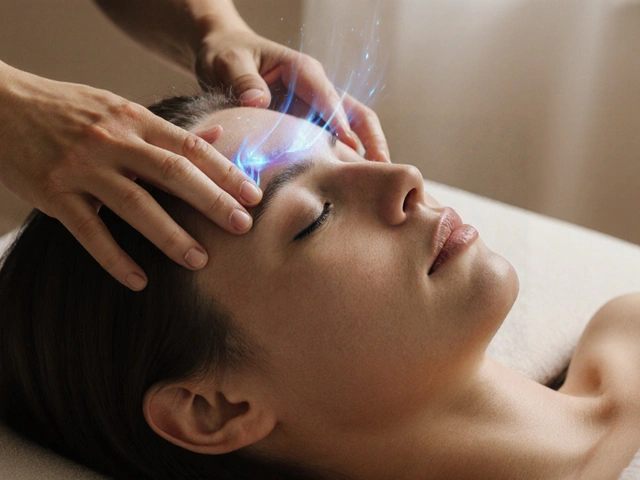Myofascial Release: What It Is and How to Start
Stiffness that won’t quit often hides in fascia—the thin tissue that wraps muscles. Myofascial release is a hands-on way to ease that tension so you move better and feel less pain. You don’t need fancy gear to get results, just the right pressure, steady breathing, and a clear plan.
How Myofascial Release Works (In Plain Terms)
Fascia can get sticky or tight after injury, sitting too long, or poor posture. Myofascial release uses slow, sustained pressure to help the tissue lengthen and glide again. That pressure can come from a therapist’s hands, a foam roller, or a small ball. The goal is gentle, consistent pressure—not quick, painful pokes.
When the release is done right you’ll feel less tightness and better range of motion within a few sessions. Expect some soreness similar to after exercise; sharp pain or numbness is a stop sign.
Practical Self-Techniques You Can Use Today
Start with these simple moves. Do each for 1–3 minutes on the area that’s tight. Keep your breathing slow and even. Stop if sharp pain appears.
- Foam roll the upper back: Lie on a foam roller at the shoulder blades and roll slowly for 1–2 minutes. Focus on slow breaths and pause on tender spots for 20–40 seconds.
- Tennis ball for the shoulder blade: Place a tennis ball between your back and a wall. Lean into it and find tight spots, then apply steady pressure for 30–60 seconds.
- Calf release with a rolled towel: Sit, loop a towel under your foot, pull gently and point-flex your ankle while holding a tender spot for 30 seconds.
Do short sessions daily rather than long sessions once a week. Warm your muscles first with light movement or a warm shower. Drink water afterward—hydration helps tissues settle.
If you already use practices like Feldenkrais, Rolfing, or trigger-point work, myofascial release can fit right in. Each method has a slightly different focus: Feldenkrais improves movement awareness, Rolfing focuses on structural alignment, and trigger-point work targets tight knots. Combining ideas often helps faster.
When to see a pro? Book a therapist if tension is long-standing, pain limits daily life, or self-work makes things worse. A trained therapist can read patterns, treat deeper layers safely, and link hands-on work with movement homework you can do at home.
Warnings: avoid myofascial release on swollen or inflamed areas, open wounds, recent fractures, or where blood clots are possible. If you’re pregnant, have a serious health issue, or are on blood thinners, check with your doctor first.
Want to learn more? Look for articles about trigger-point massage, Rolfing for scoliosis, Hellerwork, or Ortho-Bionomy to see how different approaches handle fascia and pain. Start small, be consistent, and pay attention to how your body responds—myofascial work works best when it’s gentle and regular.

Contractual Tendon Release: What It Is, How It Works, and When You Might Need It
Contractual tendon release is a targeted therapy for stubborn tendon tightness that doesn't respond to stretching. Learn how it works, who benefits, and what to expect from treatment.

Demystifying Fascia Stretching: What It Is and How It Helps
Fascia stretching releases tight connective tissue to improve mobility, reduce pain, and enhance movement. Learn how slow, sustained stretches-not quick pulls-can transform stiffness and help you move better every day.

Knife Massage (Dao Liao): Benefits, Risks, and How It Works
Curious about knife massage? Here’s what it is, how it might work, benefits, risks, safety tips, and how to choose a trained practitioner in 2025.

Trigger Point Massage: The Secret to Relieving Muscle Pain
Discover how trigger point massage can target stubborn muscle pain and tension fast. Get the low-down on what trigger points really are, why they hurt so much, and what you can do about them. Learn practical tips for finding your own trouble spots and using simple massage techniques to get lasting relief. Understand the science without the jargon, and pick up some tricks that you can use right away at home. Whether you sit at a desk or crush it at the gym, this guide makes muscle relief totally doable.
Categories
- Health and Wellness (148)
- Alternative Therapies (86)
- Massage Therapy (40)
- Travel and Culture (15)
- Beauty and Skincare (9)
- Holistic Health (8)
- Health and Fitness (5)
- Spirituality (5)
- Other (2)
- Personal Development (2)
Popular Articles



